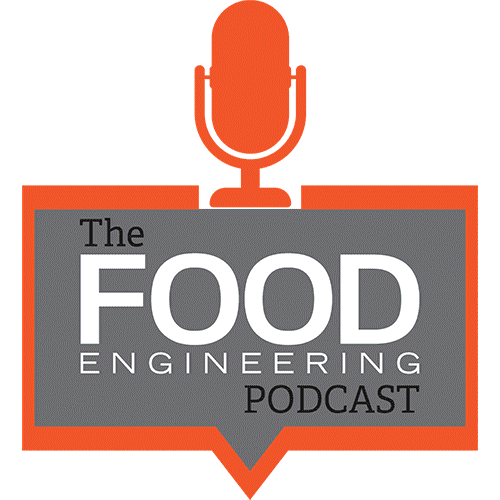Multimedia/Podcast
Waste Not, Want Not: Turning Food Waste into New Revenue Streams
The founder and managing director of Changing Tastes, shares his thoughts on sustainability and the food industry, as well as finding ways to transform would-be food waste into valuable new offerings.
The need to reduce the food sector’s carbon footprint, is becoming increasingly urgent. Depending on the source, the industry is responsible for between 14% and 50% of all greenhouse gas emissions.
The food industry has continued to focus attention on food waste as a significant environmental problem. The statistics are quite stark: More than 1/3 of all food is wasted. That means about 1/3 of the carbon emitted and water consumed is wasted, as well.
Despite what may seem like obvious culprits, that amount of waste isn’t because we don’t clean our plates or throw away food that’s seen better days. Rather, most of that loss occurs in or near the fields where it’s grown.
The inability to harvest crops when they’re ripe and issues with storage are big sources of food waste. So is our preference for eating some, but not all, of what we grow. For instance, orange juice and lemonade remain popular beverages, but we don’t go around snacking on the peels, which contain most of the flavor and nutritional value.
In this FOOD ENGINEERING podcast, Arlin Wasserman, founder and managing director of Changing Tastes, discusses his experience in sustainability and the food industry, finding ways to transform what would-be food waste into valuable new offerings, and the marketing and consumer acceptance of upcycled products.
Image by GettyImages / FYMStudio





